In a recent survey presented by the RFU during the CFOA Retained Duty System Conference 2016 in United Kingdom, almost 60% of the interviewed firefighters said that “lack of flexibility for on-call firefighters in terms of availability” is one of the major barriers for recruiting and retaining on-call/retained staff.

It is well known that most retained have many other job and family commitments, and balancing these responsibilities is an increasingly difficult challenge. So then the question arises: “is the current Retained Duty System still flexible enough?”
Current panorama of the Retained Duty System in United Kingdom
Answering this question is important because of the negative impact it can have on recruiting and retention. In the same study, 85% firefighters said that in the last 12 months their station had suffered from lack of staff to attend an incident. This is worrying, and the reason why this happens could be that people are not able to commit to the amount of hours they are required to.

Let’s look at the numbers. A retained firefighter is required to provide an average of 80 to 110 hours of coverage a week, no less. For example, back in 2014, Suffolk retained firefighters had to provide at least 90 hours a week.
The Fire and Rescue Service in this county said they were looking to reduce the contracted hours to “encourage more people to join”.
Moreover, the study found that, 38% of the retained firefighters provide over 120 hours a week, 25% between 100 and 120, and another 27% between 80 and 100 hours. This seems to put a rather high strain on them. This is evidenced by another study in 2011, which revealed that 41% of the retained firefighters had considered leaving the Service in the preceding 12 months.

Let’s think about this situation
Suppose you are 35 year old, have a job, are married and expecting your second child. You would really like to be part of the Fire Service. It would be nearly impossible for you to provide more than 120 or even 80 hours of availability per week, but you’re more than willing to provide around 60.
Think about all the people willing to sign this kind of contract. There must be a certain amount of hours that can work for both parts, training a firefighters costs money, as well as his equipment, but having fully staffed stations and reduce turn out times is also valuable.
Now let’s imagine firefighters have the ability to manage their own availability at any time during the week.
Shift planning and keeping track of the available hours each firefighter provides can’t be easy; each one of them has different routines and surely sometimes there would be commitments or unexpected things happening.
On-call when needed and free when possible
So flexibility also gives them the chance to change their weekly available hours as the most suit them without overlooking the needs of the station, also giving the station manager accurate information about the current staff levels in their station. In other words, giving the firefighters the chance to be on-call when needed and free when possible.
Understanding the busy lives the retained firefighters have is key to change the current model. The goal is to maximize the availability of firefighters by providing them the flexibility they need in order to accomplish their mission of maintaining their community safe as they expect.
FireServiceRota has been helping the Dutch firefighters for more than a decade, so on next post we will have a look at the Dutch retained duty system, how it works and how FireServiceRota has been able to support a more flexible planning system.
In the meantime, you can find more information about our system by visiting FireServiceRota and sign up for a free trial







